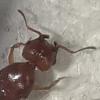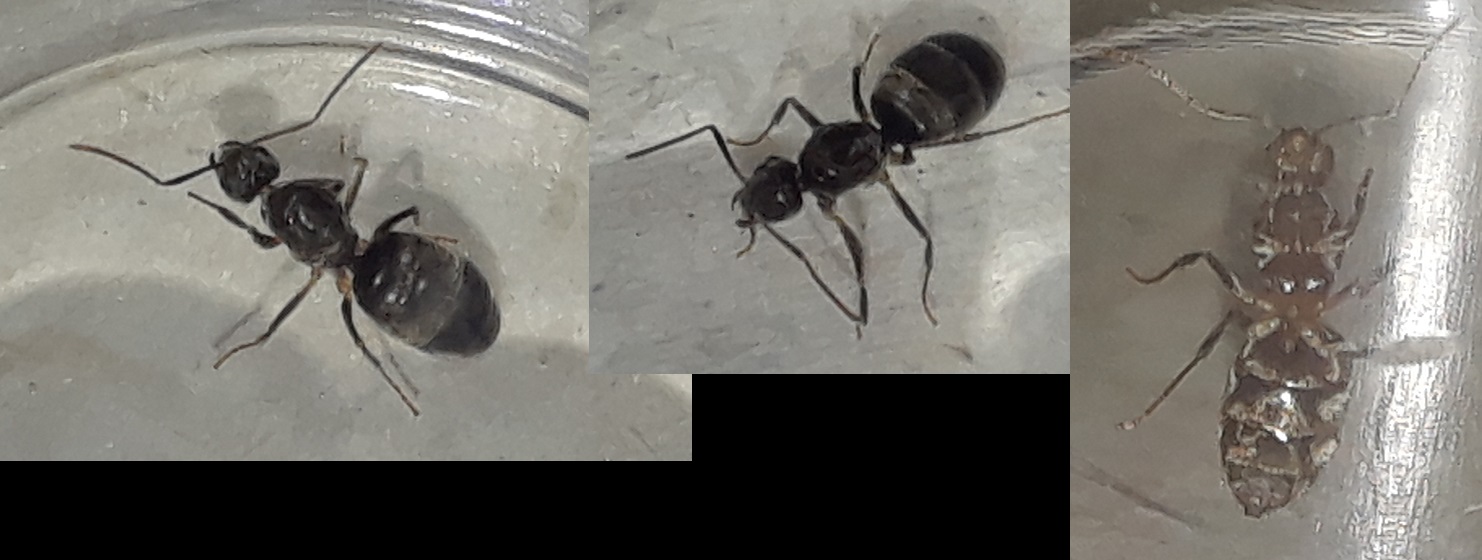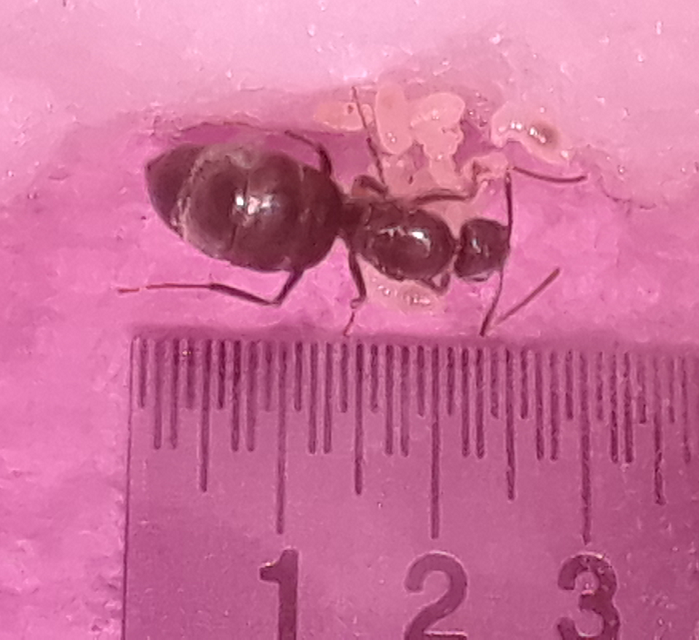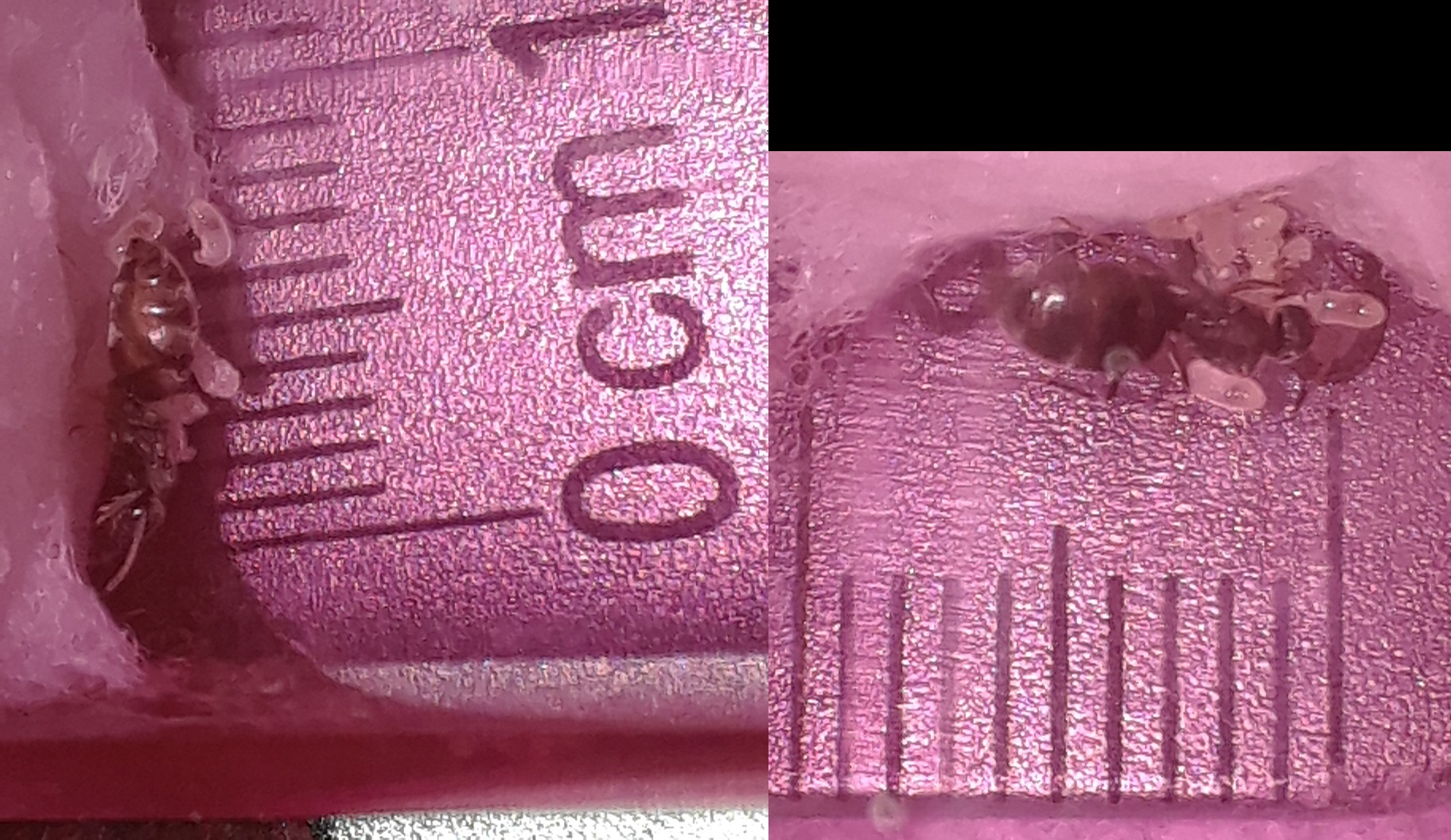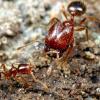1. Location (on a map): Central Florida
2. Date of collection: Collected June 04, 2020
3. Habitat of collection: Sidewalk
4. Length:
5. Coloration, hue, pattern and texture:
6. Distinguishing characteristics:
7. Distinguishing behavior: Very zoomy. She only rested to clean herself where I could get a picture then zoomed some more.
8. Nest description: N/A
9. Nuptial flight time and date: I'm guessing June 04, 2020, found about 8AM-ish, saw no others.
10. Post the clearest pictures: Attached file.
When I first saw her I thought she was another Brachymyrmex (Obscurior or Patagonicus) until I realized she seemed a bit bigger and leggier. Her antennae seem pretty long too.
Edit Below:
Bumping this because there is still confusion on if this is a Paratrechina longicornis or a Nylanderia bourbonica. I would like a few more opinions since it's pretty much a 1:1 and I'm still learning so I'd like to gather as much information and advice as I can. Added some pictures and a video to the original post in hopes it will help.
Sized by a 100th of an inch ruler.
Sized by a CM ruler. Sadly they didn't have a MM ruler in the basic store so probably going to have to order one online or check a hardware/tool store.
And a video of her. Hopefully it is clearer than the pictures. Sorry for the shakes, I could never be a surgeon.
I suppose if it comes down to it we could try again when she has workers or if I ever get a better way to take clearer pictures. Maybe I can borrow my mother's camera if it has a micro lens.
Edit For Video:
Nylanderia bourbonica? Paratrechina Longicornis?
I'm still having trouble telling the difference with the workers. Could someone explain the differences to me again? And if someone has comparison pictures of the two species? I keep looking online but I can't be 100% they aren't misidentified either and I'm still waiting on my two ant books I ordered which will hopefully help me in the future.
Edited by BitT, July 8 2020 - 8:48 PM.


